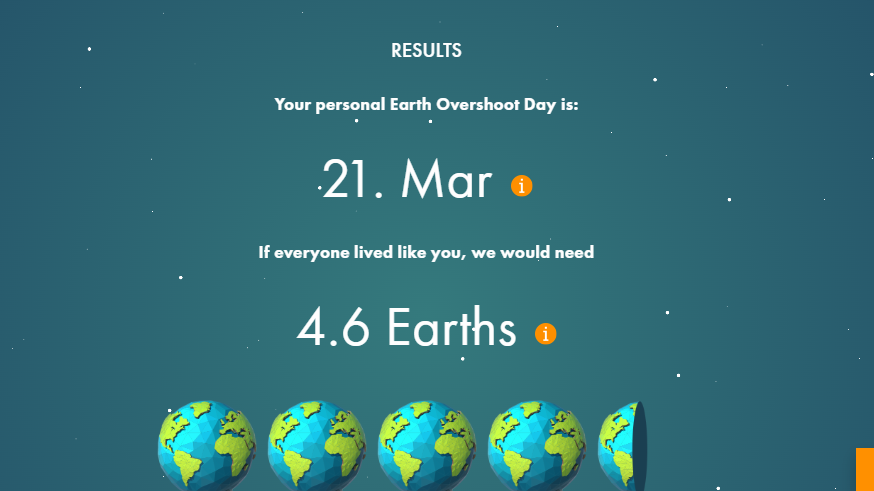eco- passive km0 permaculture green low tech bio-
PILLARS :
Socio-cultural
Enviromental
Socio-economic

CIRCULAR ECONOMY
Model of production and consumption that involves sharing, leasing, reusing, repairing, renovating and recycling existing materials and products for as long as possible, trying to combat climate change, biodiversity loss, waste management and pollution. It is defined in contrast to traditional linear economics.
GREEN ECONOMY
Low carbon, resource-efficient and socially inclusive that reduces environmental risks, manages ecological scarcity and aims for sustainable development without harming the environment.
OPERATIONAL PRINCIPLES
- The impact of human beings on natural systems must not exceed the carrying capacity of nature.
- The use of renewable resources must not exceed their rate of regeneration.
- The use of non-renewable resources must be compensated by the production of renewable resources, which will eventually have to replace them.
- The emissions into the environment must not exceed the absorptive capacity of the receivers.
LCA (LIFE-CYCLE ASSESMENT)
Calculate the energy consumption by :
- extraction of raw materials
- manufacturing process
- packaging, transportation, distribution
- use stage
- end-of-life
ECOLOGICAL FOOTPRINT:
land and water area
needed to generate the resources we consumed
and to absorb the waste we generate.
BIOCAPACITY
biologically productive
area available to provide the resources
we use and to absorb our waste.
*Australia : Biocapacity > foot print (positive balance)
*China : Foot print > Biocapacity (negative balance)

1.3-R
Reduce
Reuse
Recycle
2.HEALTHY BUILDINGS
“Connection between human biology and the environment.”
Buildings must allow:
• air quality: correct ventilation and transpiration
• water quality
• use of natural light
• thermal comfort
• noise protection
“Relationship with nature influences positively on the superior nervous functions, determining sensations of well-being.”
“SBS is a combination of symptoms associated with a built place that can degenerate into a state of chronic disease of its inhabitants.”
3.CLIMATE <-> HUMAN BEING
“The energy and health of human being largely depend on the direct effects of the environment in which he lives.”
“The human being is a thermal machine that transforms chemical energy into mechanical energy with great heat dispersion due to its metabolism”
Environmental conditions that are fundamental in the interaction of the building:
• temperature
• sunshine
• prevailing winds
• rainfall
• snow
• relative humidity and vapour pressure.
4. SUSTAINABLE DESIGN

5.MATERIALS
Biomorphism is a system of modeling in culture using biological images.
Recycling would be the last option within a group of more sustainable variants such as repair, rehabilitation, recovery, re-use …